By pledging nearly $4 billion in aid to five Central Asian countries, Mr. Xi wants to send the message that China is a generous and trustworthy partner.
Chairing the China-Central Asia summit in Xi'an, Shaanxi province, the eastern end of the ancient Silk Road, President Xi Jinping on May 19 pledged $3.72 billion in "financial support and aid" to five Central Asian countries, including Kazakhstan, Kyrgyzstan, Uzbekistan, Tajikistan and Turkmenistan.
The summit is the first since China established relations with Central Asian countries 31 years ago. Observers say the pledges of support made at the summit are part of Xi’s efforts to portray China as a generous and trustworthy partner in Central Asia, a region that was once under Russia’s sphere of influence.
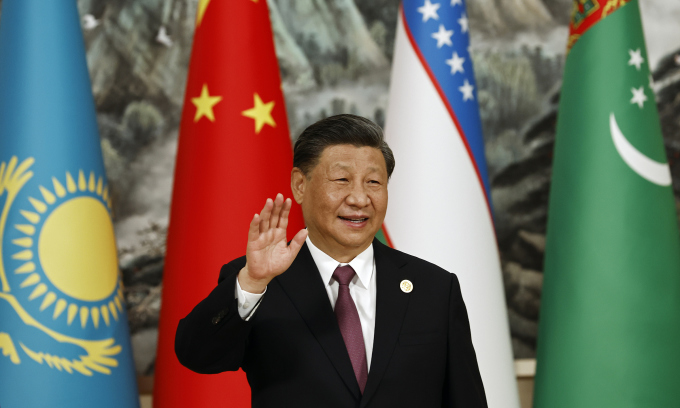
President Xi Jinping at the China-Central Asia summit in Xi'an, Shaanxi province on May 19. Photo: AFP
The conference also took place in the context of G7 leaders meeting in Hiroshima, Japan to discuss hot issues of the world, including relations with China. In a joint statement on May 20, the G7 warned China about "militarization" activities in the Asia- Pacific , despite wanting to build stable relations with Beijing.
According to Meaghan Tobin, an analyst for the Washington Post, this shows that Mr. Xi is trying to increase China's influence in the Central Asian region, aiming to promote a multipolar world , where the US is no longer the only global superpower.
“Central Asian countries understand that in this multipolar world, they are expected to side with Russia and China,” said Niva Yau, a fellow at the Atlantic Council’s Global China Center in Bishkek, Kyrgyzstan.
Central Asia was once the site of the historic Silk Road linking China to Europe. The region has in recent years become key to China's trillion-dollar Belt and Road Initiative.
"A year ago, there was a lot of discussion in the region about whether Central Asia needed to pivot, to the West. What has happened recently shows that Central Asia has made its choice," Niva Yau added.
Xi told Central Asian leaders that China could help the region build its defense, security and law enforcement capabilities. During the summit, he met with each leader and signed bilateral agreements to boost trade, investment, infrastructure and technology, and to implement visa-free travel arrangements.
China's efforts to increase its influence in Central Asia come amid complex regional and global developments related to the war in Ukraine. At the Xi'an conference, President Xi Jinping assured Central Asian countries that their "sovereignty, security, independence and territorial integrity" must be protected.
Although Europe and the United States have sent high-level delegations to Central Asia since the Ukraine conflict broke out in late February 2022, analysts say countries in the region have not received as much Western investment as they would like.
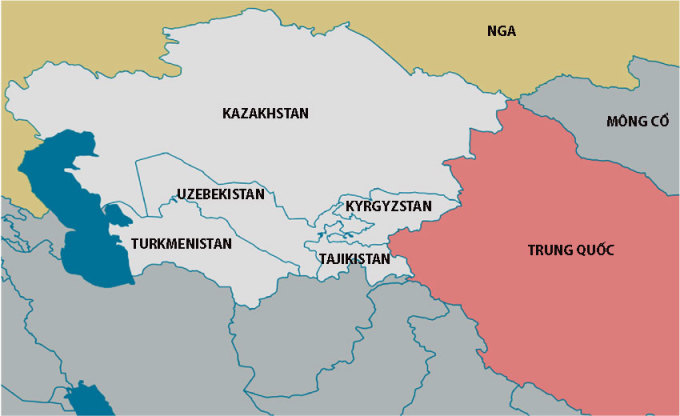
Location of China and Central Asian countries. Graphic: ResearchGate
Meanwhile, China has made Central Asia a priority. Kazakhstan is Xi’s first stop on a trip abroad in three years since China closed its borders to prevent the spread of Covid-19. The visit comes as Xi is on his way to Uzbekistan for a summit of the Shanghai Cooperation Organization, which was co-founded by Russia and China to counter Western influence.
Kazakhstan is also where Xi launched his Belt and Road Initiative in 2013, which involves China investing heavily in infrastructure projects in Central Asia. Trade between China and the five Central Asian countries is expected to hit a record $70 billion in 2022, up 22% in the first quarter of this year from the same period last year, according to China’s Ministry of Commerce.
At a conference in Xi'an on May 19, Xi announced that China would accelerate the expansion of a pipeline with Central Asia that China National Petroleum Corporation and Kazakhstan's KazMunayGas National Company have agreed to develop.
Kyrgyzstan also recently agreed to trade with China in yuan. As China’s economic ties with Russia deepen, the yuan has become the most traded currency on the Moscow stock exchange. Countries from Brazil to Bangladesh have expressed interest in trading in yuan.
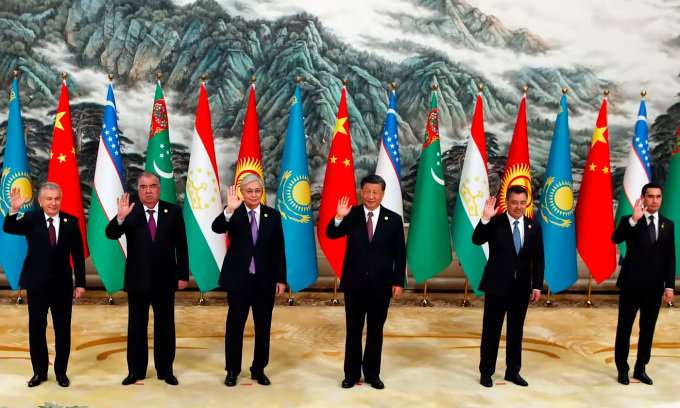
Chinese President Xi Jinping (4th from left) poses for a photo with five Central Asian leaders at a conference in Xi'an on May 19. Photo: Reuters
Beijing sees promoting economic prosperity in Central Asia as key to preventing violence and instability in the Xinjiang region. In a joint statement at the Xi’an summit, Central Asian leaders assured that they would not interfere with China’s policies on Hong Kong, Taiwan or Xinjiang.
Speaking at a welcoming banquet for Central Asian leaders attending the summit, Xi said strengthening ties with the region was Beijing's "strategic choice", calling for a bright future for China's relations with Central Asia.
"Xi will position himself as a leader who can promote global peace and development," said Zhiqun Zhu, professor of international relations and political science at Bucknell University in the US, about Xi's efforts to increase China's influence in Central Asia and around the world.
Thanh Tam (According to Washington Post )
Source link


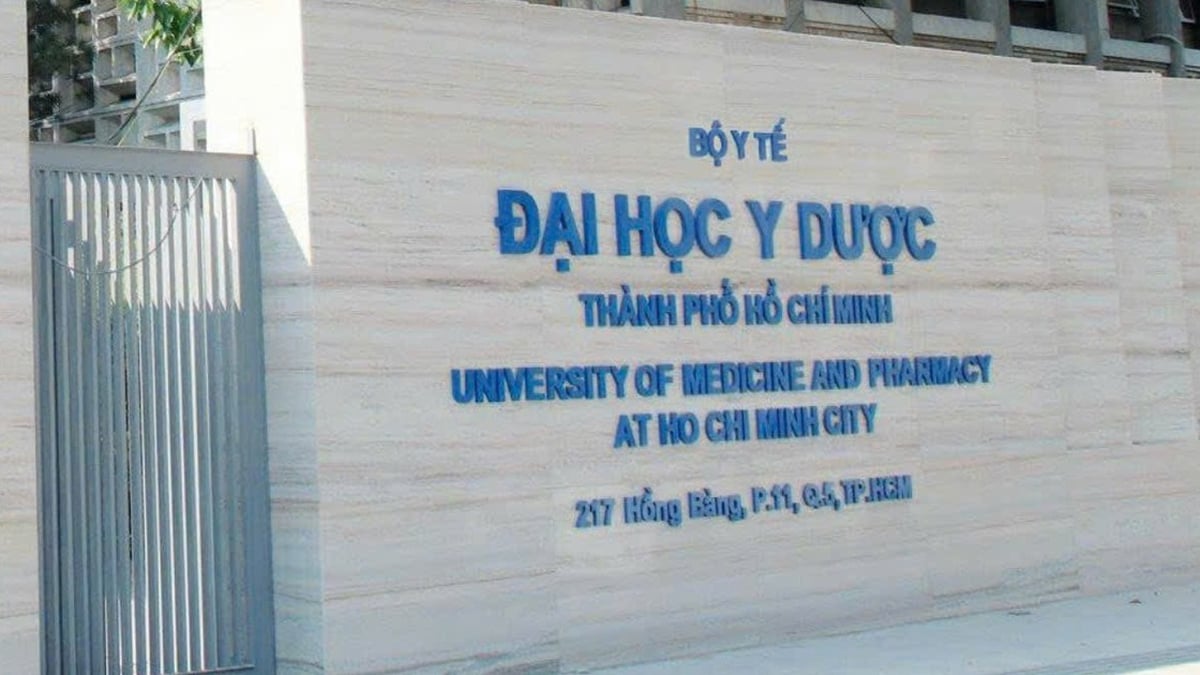
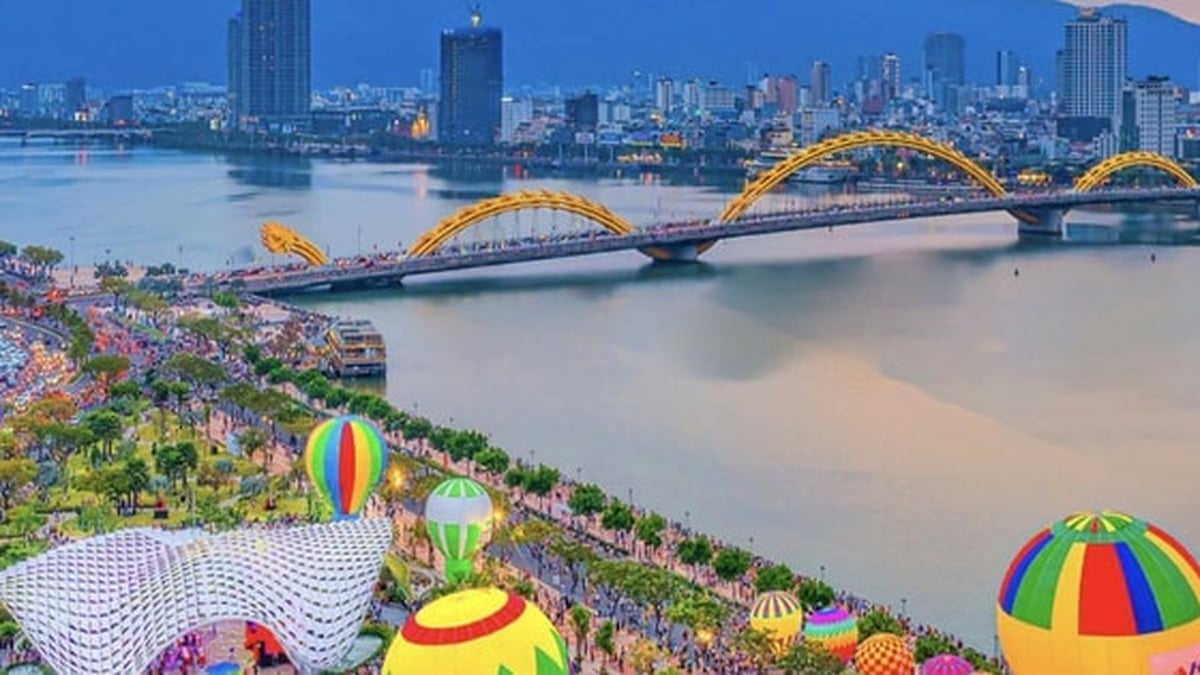
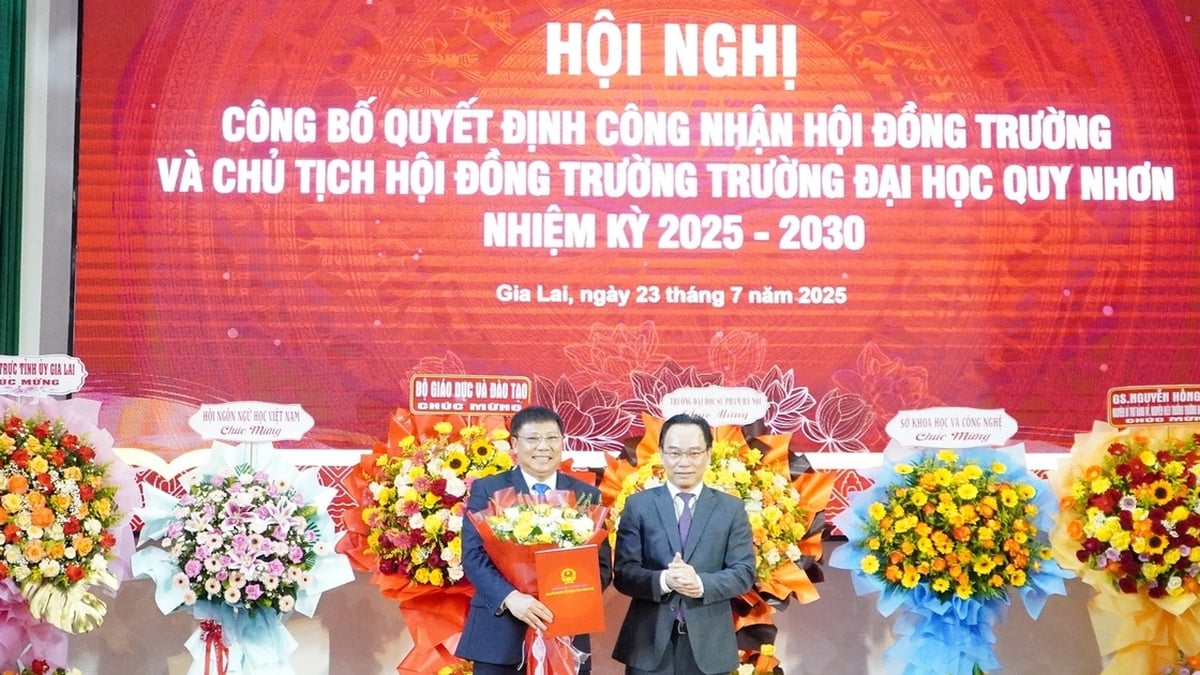
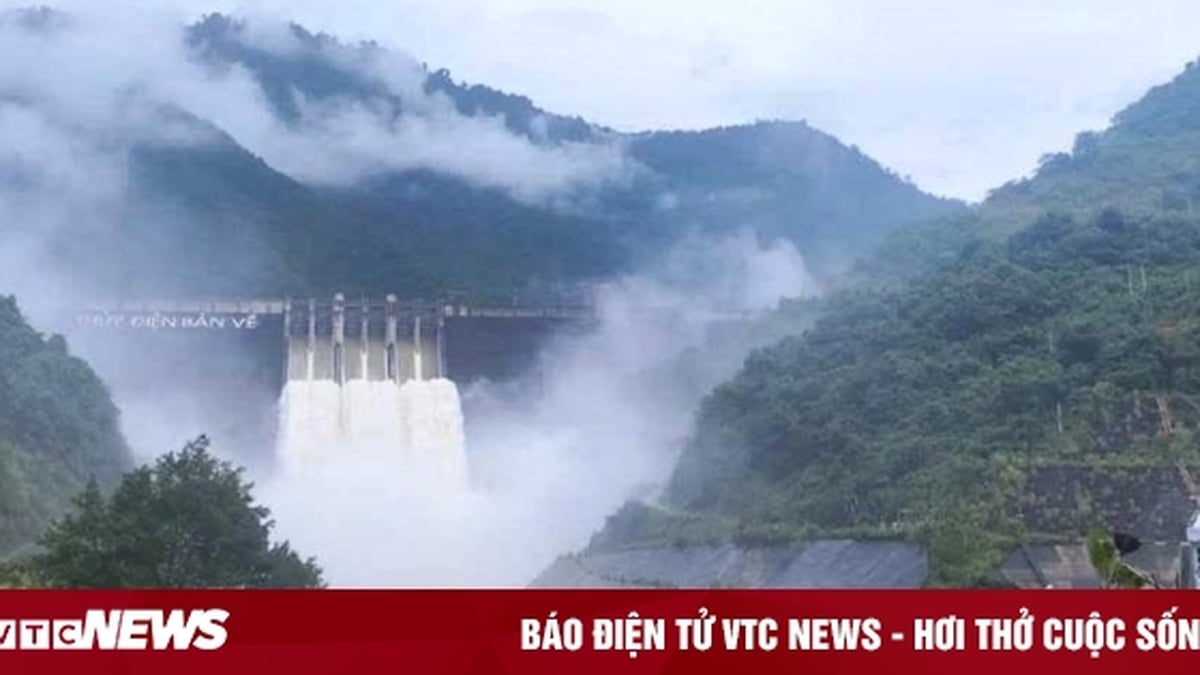
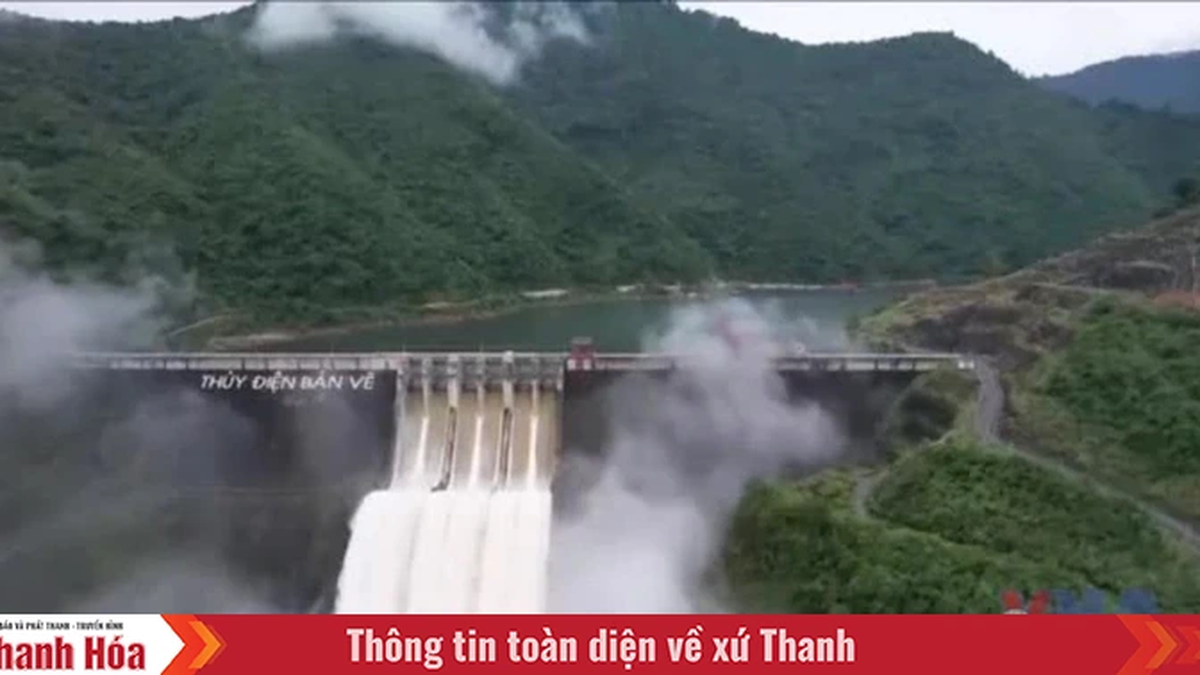
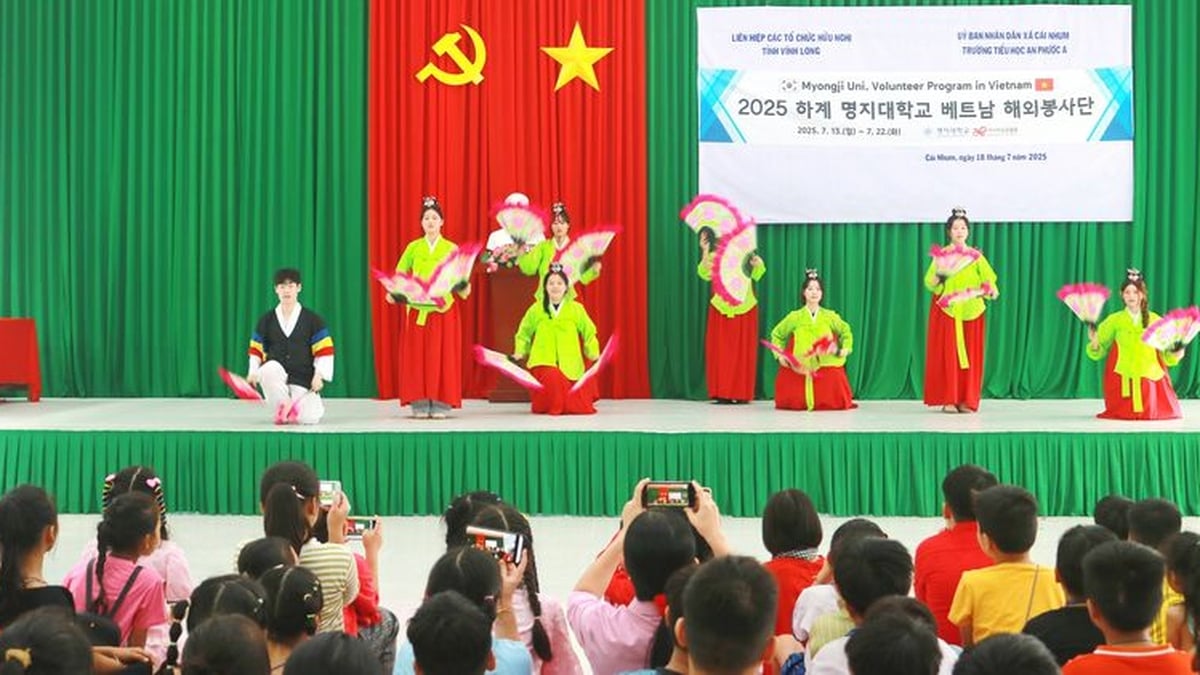

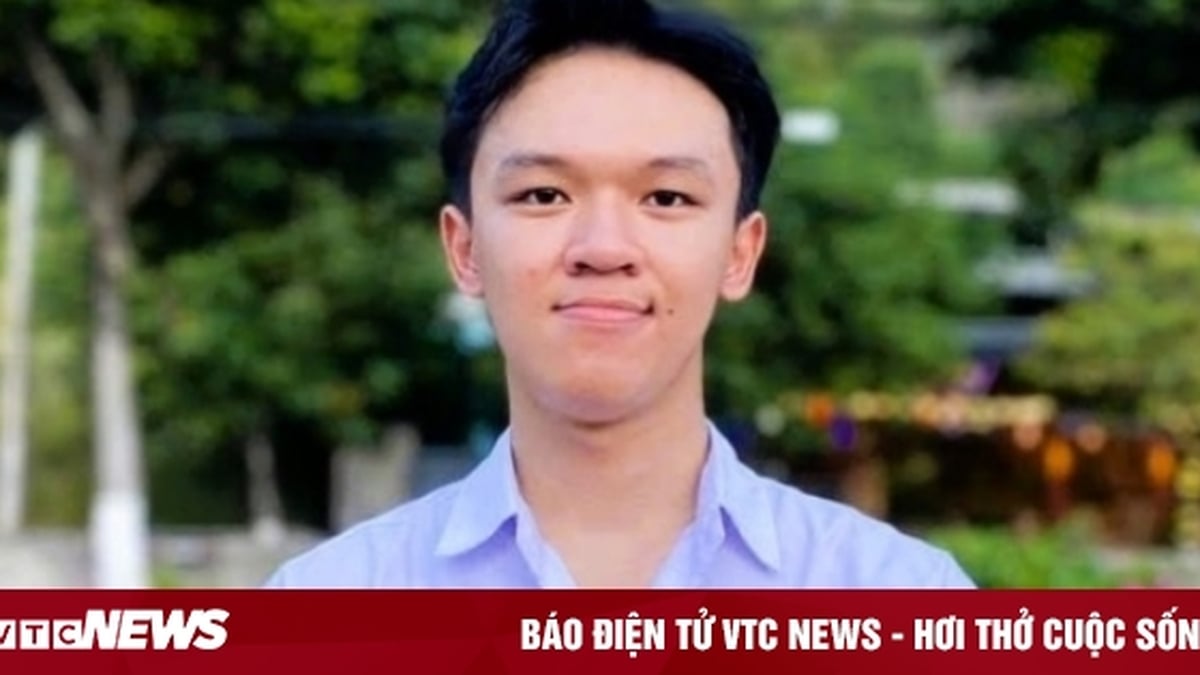






















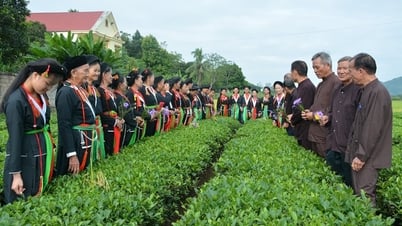

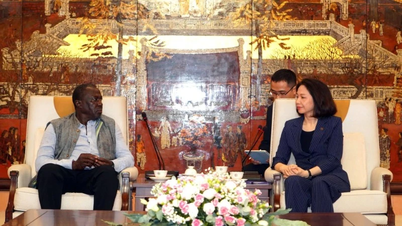



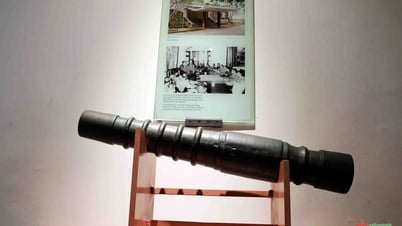

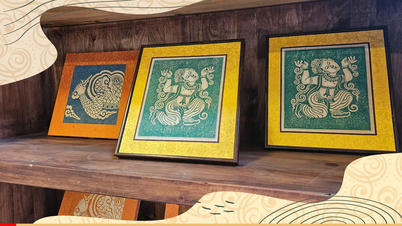

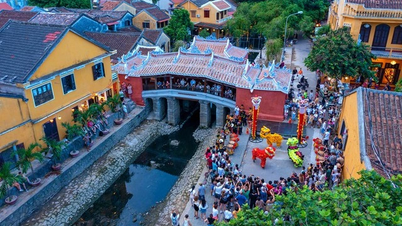

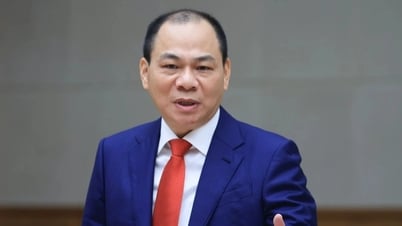






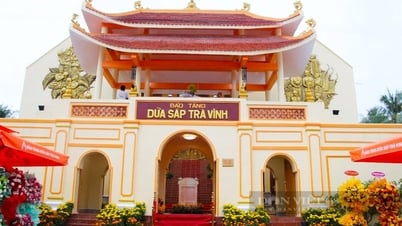





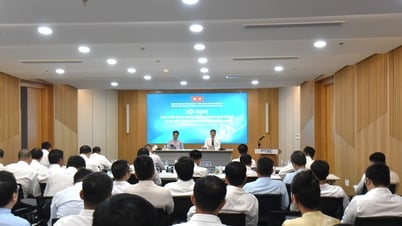


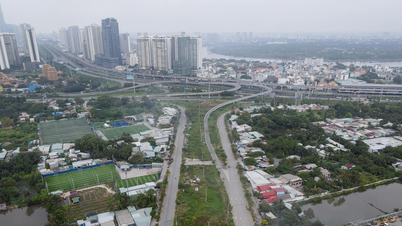





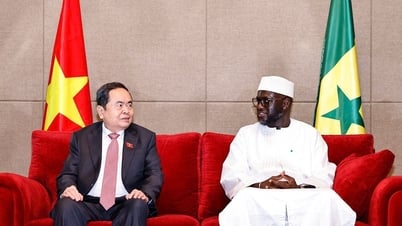



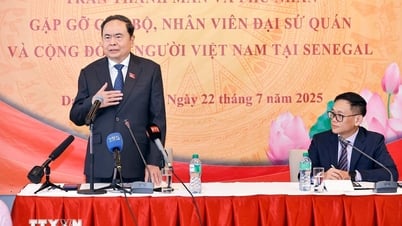
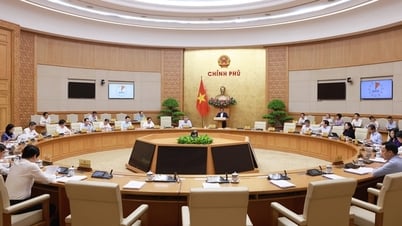

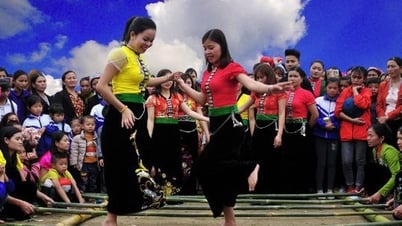
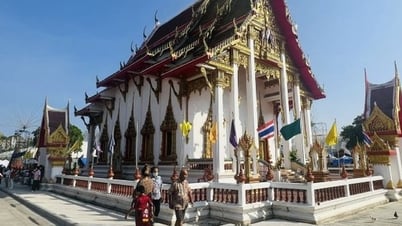











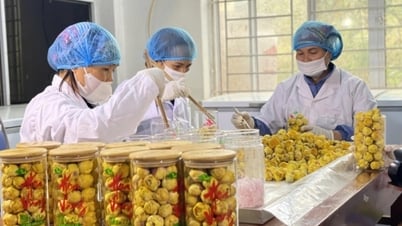








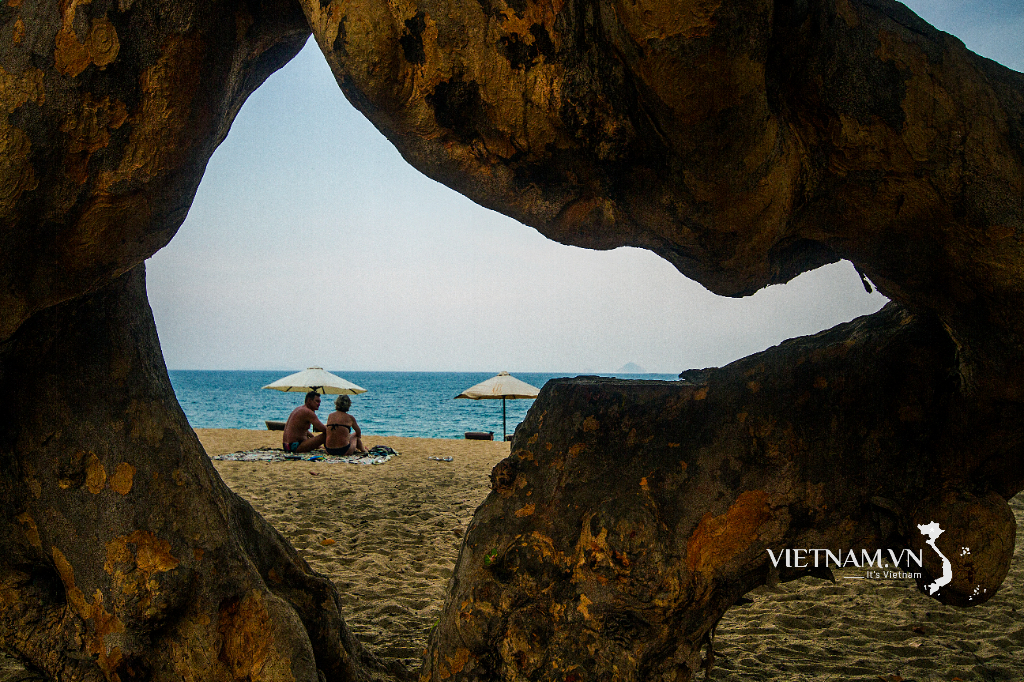
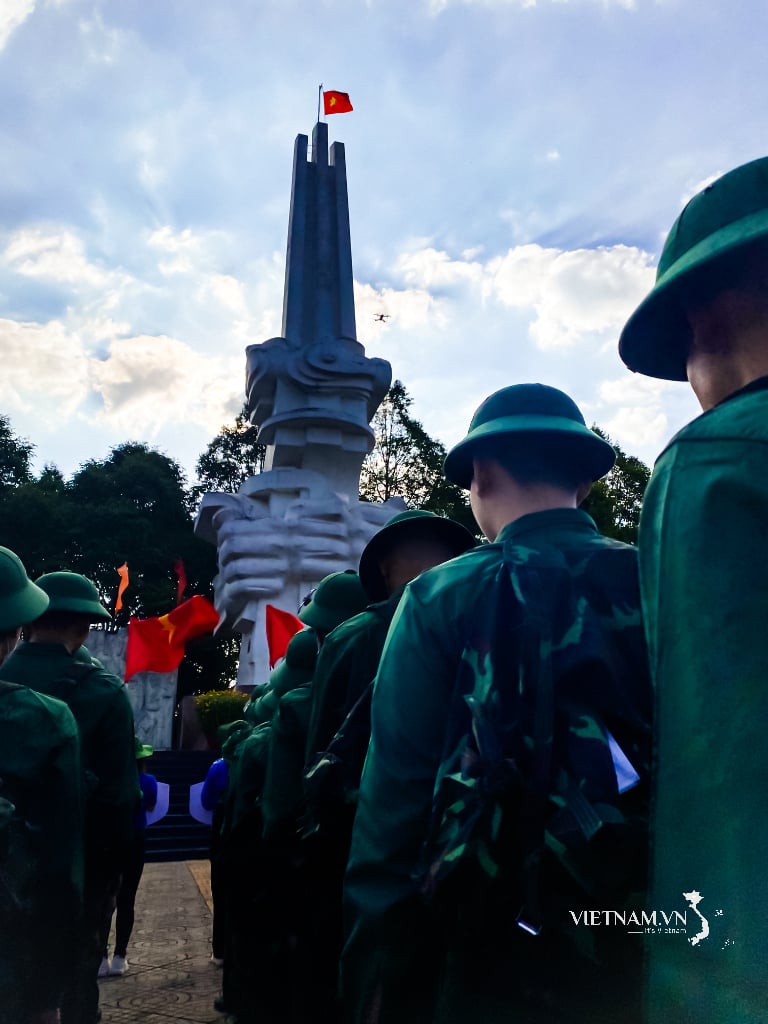


Comment (0)